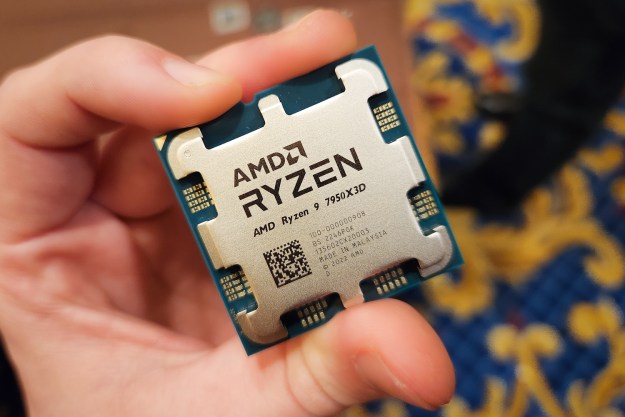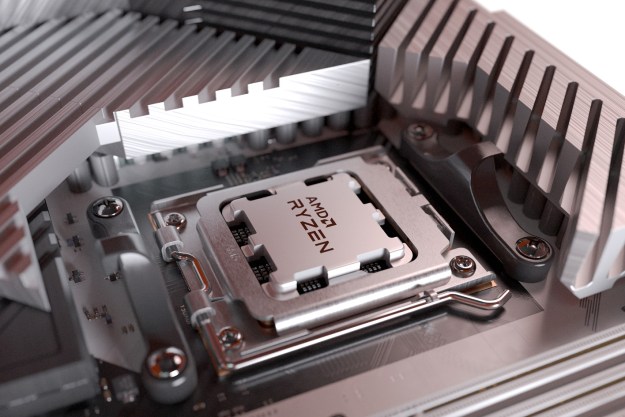A new report from Jon Peddie Research (JPR) shows massive year-over-year growth across the PC market, but it comes with a warning. The report asserts that the massive demand for computing products will taper off, and overreactions from semiconductor suppliers could leave the market with a lot of chips without a home.
The pandemic brought huge demand for computers — in particular, laptops. The report shows a 49% increase in laptop sales year-to-year, which is the greatest single-year growth on record. In Q1 2021 alone, there were more than 89 million notebook shipments, which is an all-time high. To address this demand, semiconductor executives like Intel’s Pat Gelsinger have promised to ramp up production over the next few years, but Jon Peddie, President of JPR, says that’s a risky proposition.
“The risk is that semiconductor suppliers will be lured into over-reaction and believe that suddenly 100s of millions of new users have appeared and the demand will stay high,” Peddie wrote. “That’s not only not realistic, it’s also not true — where are they coming from — not this planet?”
The impact of this overcompensation isn’t just spare chips on hand. It could indicate an impending market crash. Semiconductor manufacturer TSMC, as well as Nvidia, AMD, and MediaTek, have hit all-time high stock prices throughout 2020 and 2021. Intel has seen huge growth, too, though its current stock spike is still slightly below a boost it saw in 2000.
Market analysts say these stocks are vastly overvalued at the moment, and a big reason why is cryptocurrency mining. Crypto mining has made companies like Nvidia very profitable during 2020. We’ve been here before. In 2014 and 2018, the GPU market experienced crashes after the value of Bitcoin tapered off. This naturally impacted the stock market, and Nvidia saw more than a 50% dip in its stock value.
The difference this time is scale. In 2018, Nvidia dropped from a share price of around $280 to a low of $130. Only a few years later, Nvidia’s stock is trading for as much as $700. Similarly, TSMC was trading at around $45 in March 2020. Now, the stock trades closer to $120.
We may have been here with cryptocurrency demand, but we haven’t been here with cryptocurrency demand compounded by a pandemic. JPR noted a 38.74% increase year-over-year in the GPU market, which is likely explained by increased cryptocurrency mining demand. When you combine that with the never-before-seen growth of the laptop market, the risk of overcompensation starts to become clear.
Given how clearly profitable the increased demand has made chip suppliers, we probably won’t see a light-touch approach when it comes to chip supply. It’s important to rebuild supply chains, but a large drop-off in demand could spell disaster for the semiconductor industry.
Editors' Recommendations
- MSI has a new flagship PC that is absolutely gorgeous
- As a lifelong PC gamer, these are the apps I couldn’t live without
- Everything you need to know about buying a GPU in 2024
- I’ve reviewed every AMD and Nvidia GPU this generation — here’s how the two companies stack up
- Don’t buy a cheap GPU in 2024





